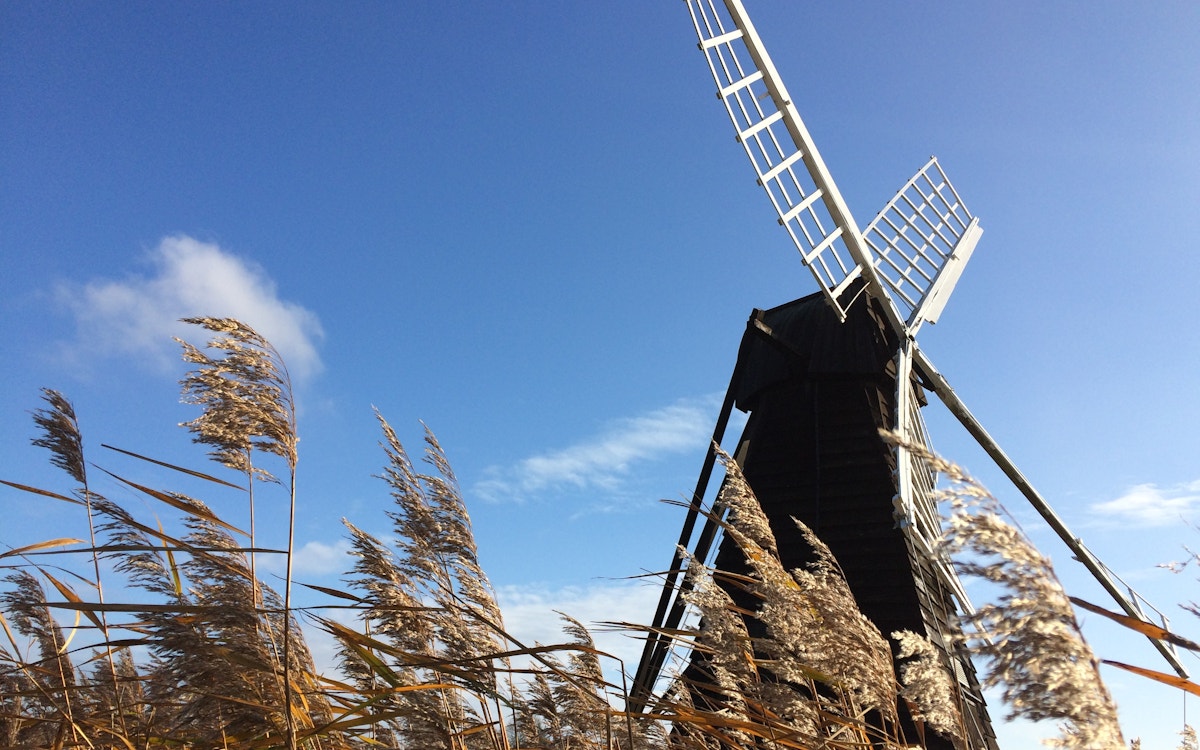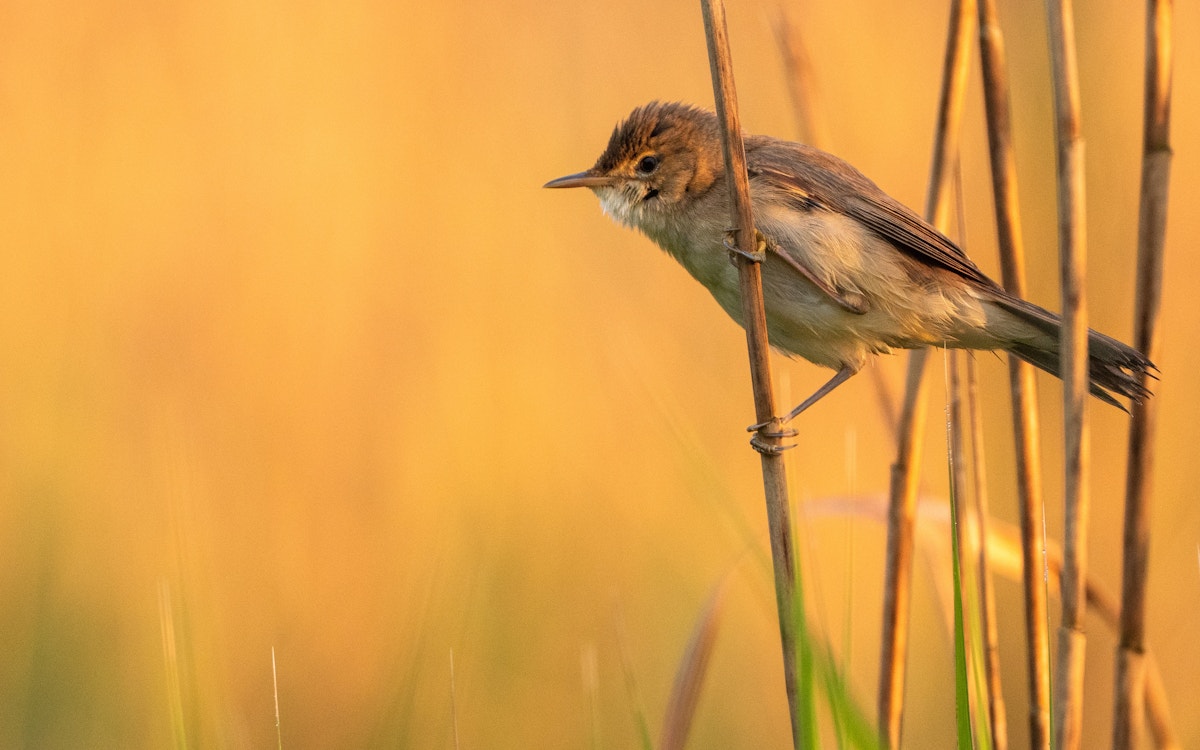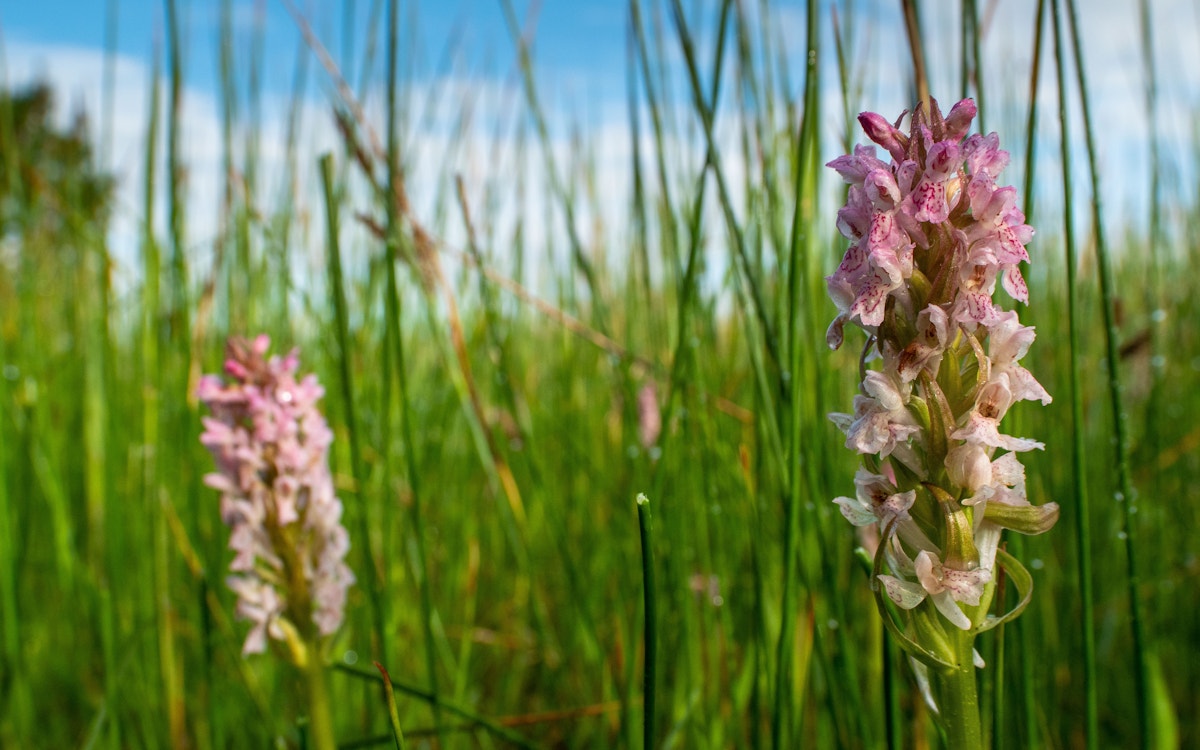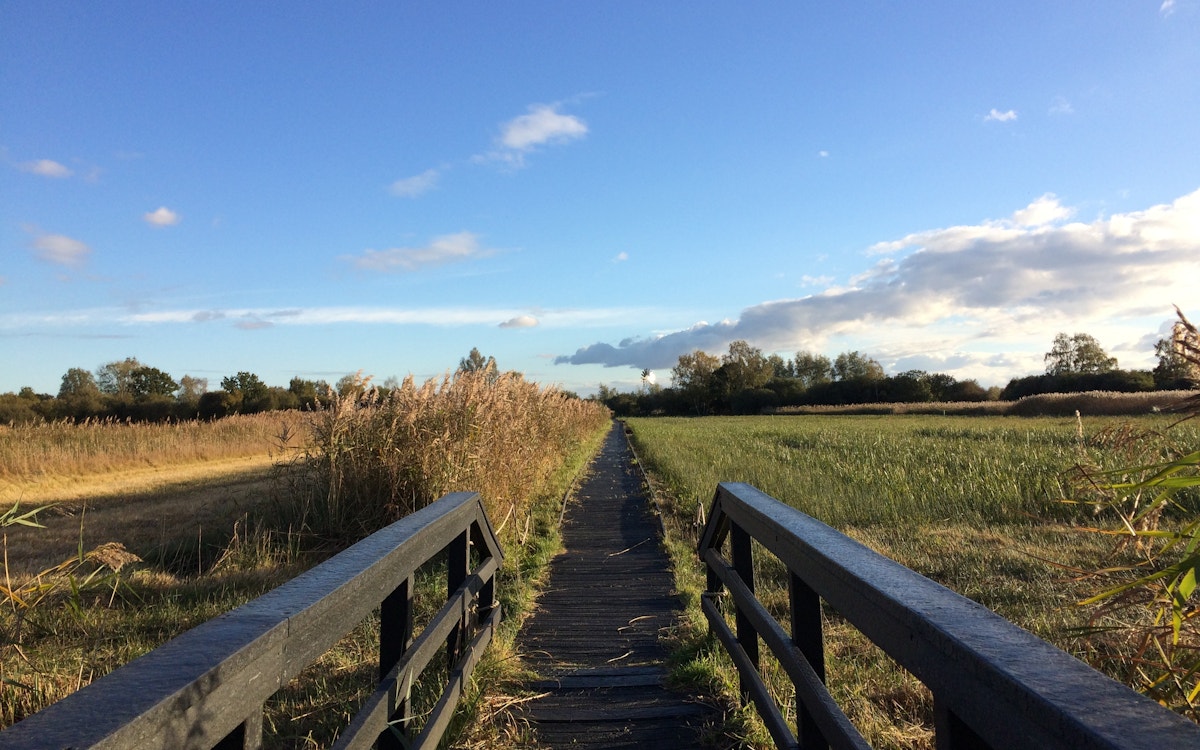Wicken Fen
Rewilding the National Trust’s oldest nature reserve to create England’s most famous fen.
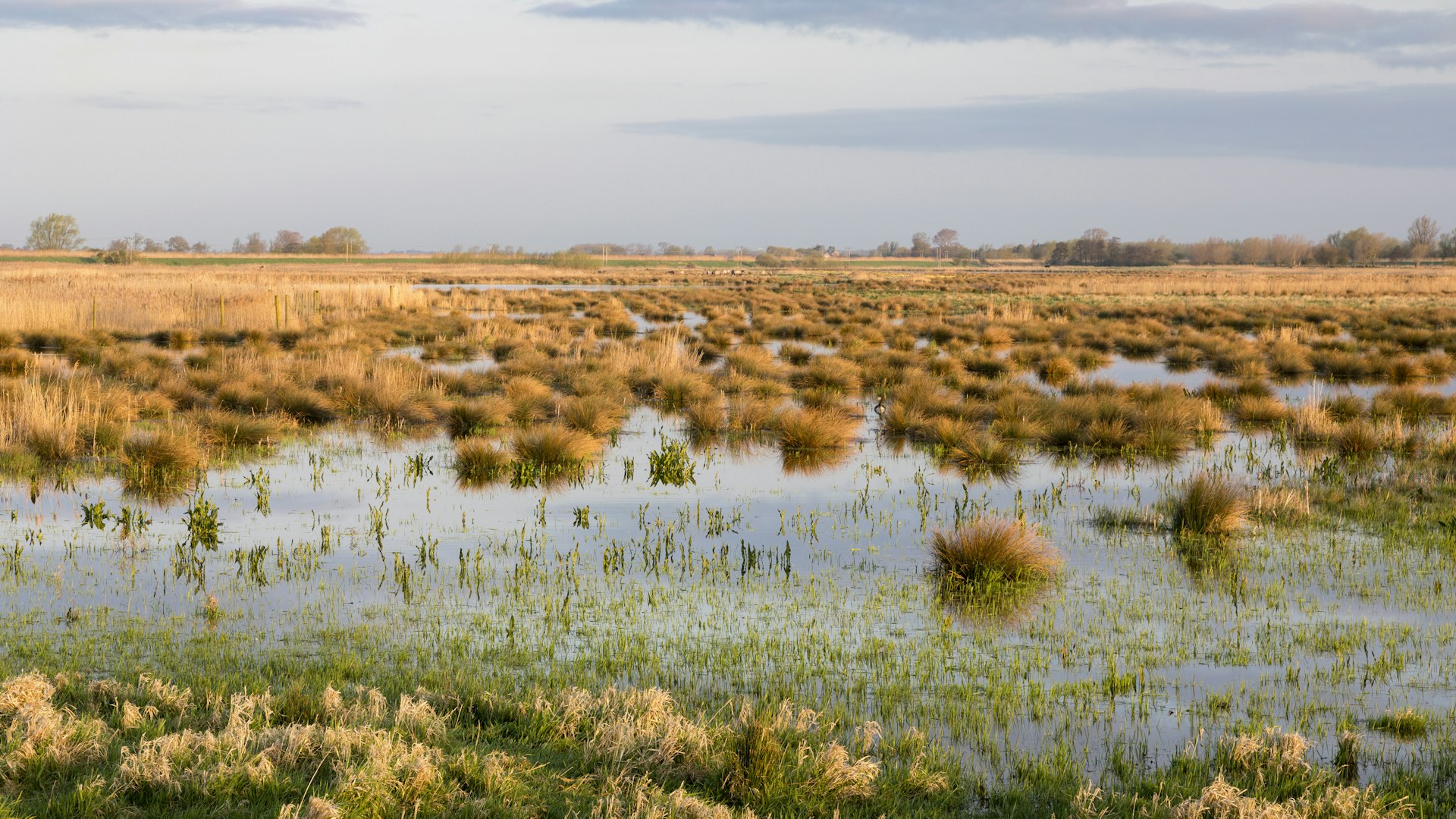
Wicken Fen is one of Europe’s most important wetlands and supports an abundance of wildlife. The National Trust set its vision in 1999 to extend the nature reserve and restore arable land to fenland habitat for wildlife and people. It has owned parts of the site since 1899, making it the National Trust’s oldest nature reserve.
For a century, the fragment of remaining original fen habitat was too small and isolated to provide a resilient ecosystem for wildlife. Expanding the fen to a large scale is allowing natural processes to drive change.
Restored wetlands, reedbeds and mere now support a record-breaking 9,600 species of plants, birds and invertebrates — many of them rare. This includes bitterns, cuckoos, hen harriers and short-eared owls, orchids and dragonflies.
The site provides an opportunity to see a ‘lost landscape’ of undrained fenland habitat. This habitat is now rare in England, but once covered vast areas including the lowlands of East Anglia.
NATURE BASED ENTERPRISE
The site supports a café, shop and visitor centre to generate funds for the project. There is also a wild camp site and bike hire to encourage visitors to explore the wild area, and over 40km of trails to explore with options for walking, cycling and horse-riding. Wicken Fen has seen a huge overall increase in visitor numbers to the area. There are nine hides across the reserve, as well as boardwalk trails, providing a high-quality recreational experience.
The project provides grazing opportunities for up to three local farmers and has increased local employment. It is likely that local businesses will have benefitted from the increase in the number of visitors to the area.
KICKING-START REWILDING
Grazing animals were introduced to the project area to encourage natural processes on site. Konik ponies, Highland cattle and mixed cattle now range freely over large areas of the site. In addition, natural regeneration of habitats was encouraged through a reduction in management practices. Winter abstraction of water onto the site is also undertaken to raise water levels and re-wet habitats on site to maintain important wetland habitats throughout the year.
future plans
- On-going extensive monitoring including vegetation, hydrology, soil quality and carbon, invertebrates and mammals. These are undertaken by local universities and many volunteers.

The Rewilding Network
The Rewilding Network is the go-to place for projects across Britain to connect, share and make rewilding happen on land and sea.
More about Wicken Fen
Find out more about Wicken Fen on their website.
